Trainers and Nutrition
It was 1995. I sat on a panel at the Club Industry conference in Chicago and made a fully convicted argument that “personal trainers MUST talk about nutrition.” I had been told by assorted experts, club owners, and educators that ‘it’s illegal for trainers to talk about nutrition.’ Absurd.

In referencing that event from 20 years ago, I’m realizing how far we’ve come in the field of personal training. I’m also reminded of the Diet Ginger Ale Lady.
I was in the checkout line in Publix supermarket and the woman in front of me had only 3 items. She had 3 cases of diet ginger ale. Period. The cashier eyeballed her purchase and quipped, “you must like diet ginger ale.” The response was surprising.
“No, I don’t like it at all, but it’s a great diet!”
Now the visibly overweight cashier’s ears perked up, “Diet? How does it work?”
“Well, the ginger gives you all the nutrients you need and the carbonation makes you feel full, so for two days you only have diet ginger ale. On the third day you have all the soup and salad you want. You repeat the 2-day 3-day regimen until you’ve lost the weight.”
I was sure somebody was going to show up. Maybe the FBI. At the very least, the local police. After all, if it’s “illegal” for personal trainers to talk about nutrition, this woman had to be committing extreme violation!
No cops came. No SWAT Team or sting operation. The diet ginger ale lady left with her purchase and went on her way.
I share this to make a point. The advice people are receiving related to nutrition runs from relatively sane to outwardly dangerous. If we are going to guide our clients toward health, we have an obligation to help them make better choices.
I understand why some opted to believe that nutritional advice from trainers violated the law. Personal trainers without nutritional credential should NOT be prescribing diets, nor should they be recommending supplements. There are far too many risks, and in that, there have been lawsuits and judgments.
Let’s not, however, go to a full pendulum swing and prevent trainers from speaking truth.
I said earlier we’ve come a long way, and we have, and many trainers have become educated in nutritional practices, have aligned with software programs or continuing education courses, and the stigma is lessened significantly.
That doesn’t mean I believe the entire field of personal trainers should be spewing the nutritional beliefs they most attach to.
While many trainers have become responsibly educated, others haven’t and that presents a challenge.
My anecdotal experience has shown me that many personal trainers with limited education in clinical nutrition, marry themselves to one of two approaches and those approaches become a blanket touching each and every client.
- They adhere to the old school teachings of “calories in vs. calories out” and reference mathematical formulas to estimate “ideal” caloric intake.
- They profess that a bodybuilding type plan, generous in protein, and ample in both meals and energy substrates, is the way to go, failing to recognize the uniqueness of each client.
Many today scream Paleo, others yell Keto, and there’s very little unity.
Here’s my suggestion. While science will reveal new subtleties in food intake for specific groups, demographics, and performances, and food will continue to change as genetic modification, commercial livestock rearing, and food preservation techniques will challenge nature, the basics of “The Macro” won’t change.
- Amino acids are the building blocks of tissue and we obtain them from dietary proteins.
- Essential fats are essential with a host of vital benefits.
- Starvation is NOT an effective weight loss strategy.
- Processed foods will disrupt pancreatic hormones and metabolic processes if consumed often over time as staples in a nutrition plan.
- Sugar intake can lead to a host of chronic and debilitating conditions If it isn’t well managed and kept modest at best.
- Natural (organic) foods, grass-fed, pasture raised, and wild caught are going to provide more of nature’s “life force” than anything removed from sunlight, anything chemically modified, or anything hybridized for resistance to pests or weeds.
The bullet points are nothing but generalities, and this doesn’t pretend to be a complete list of important points, but a trainer equipped with some consistently valuable guideposts for their clients seeking health and betterment are certainly more powerful than those who avoid nutrition altogether.

Dr. Joel Fuhrman, Physician, Nutritional Scientist New York Times, Best-Selling Author
There are a great many leaders opening new doorways in the field of nutrition. One of them is Dr. Joel Fuhrman. We’re privileged to have him sharing his powerful insights at the MedFit Tour stop in Irvine, CA on February 9. It’s only one of the many reasons you should attend.
Dr. Fuhrman will share eye-opening research about the impact of fruit, specific vegetables, fats, and common foodstuffs on human health. . . and I guarantee two things. One, you’ll be blown away as so much of his study reveals the misinformation that plagues our population. Two, you’ll be far better equipped to deliver thrilling outcomes for your clients, whether you train athletes, regular folks, or the chronically afflicted.
Dr. Fuhrman is only one of a dozen extraordinary speakers slated to share insights in the wide-open and opportune field of Medical Fitness. It’s the future. It should be a part of yours.
P.S. Here’s a gift, see Dr. Fuhrman live on video for free. Click here to access.
Phil Kaplan has been a fitness leader and Personal Trainer for over 30 years having traveled the world sharing strategies for human betterment. He has pioneered exercise and eating interventions documented as having consistent and massive impact in battling chronic disease. His dual passion combines helping those who desire betterment and helping health professionals discover their potential. Email him at phil@philkaplan.com

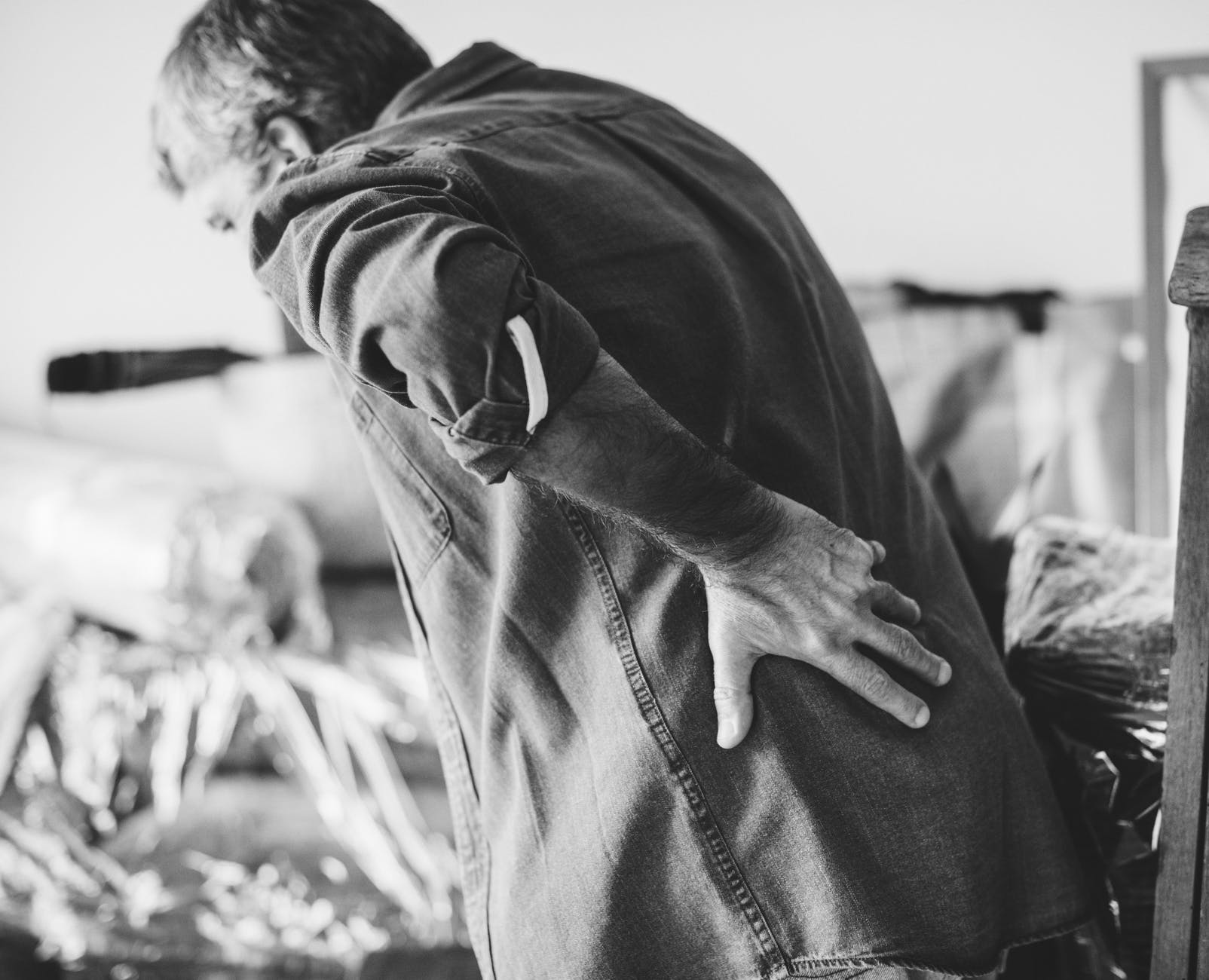

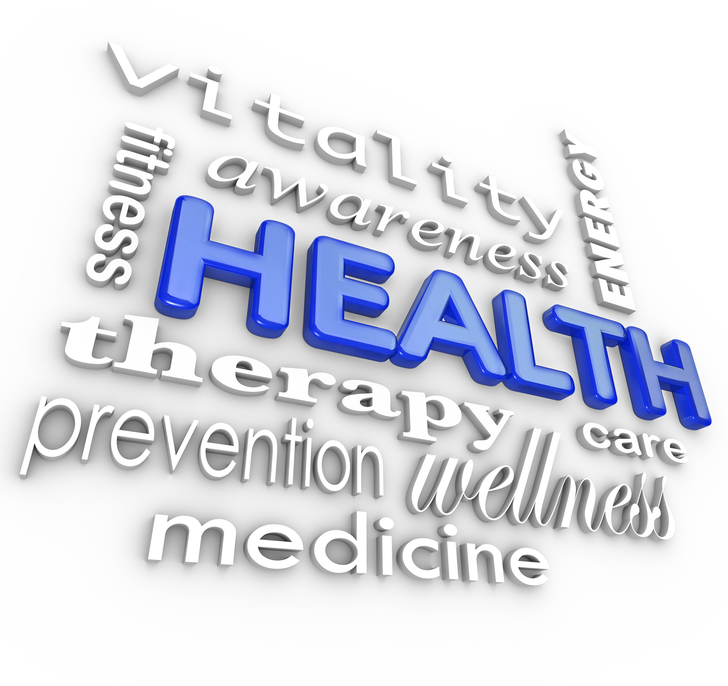
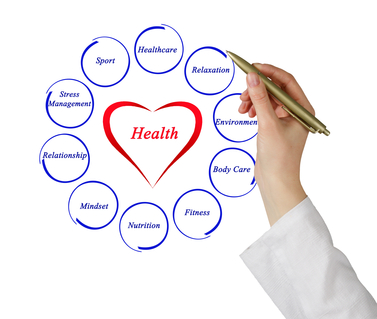

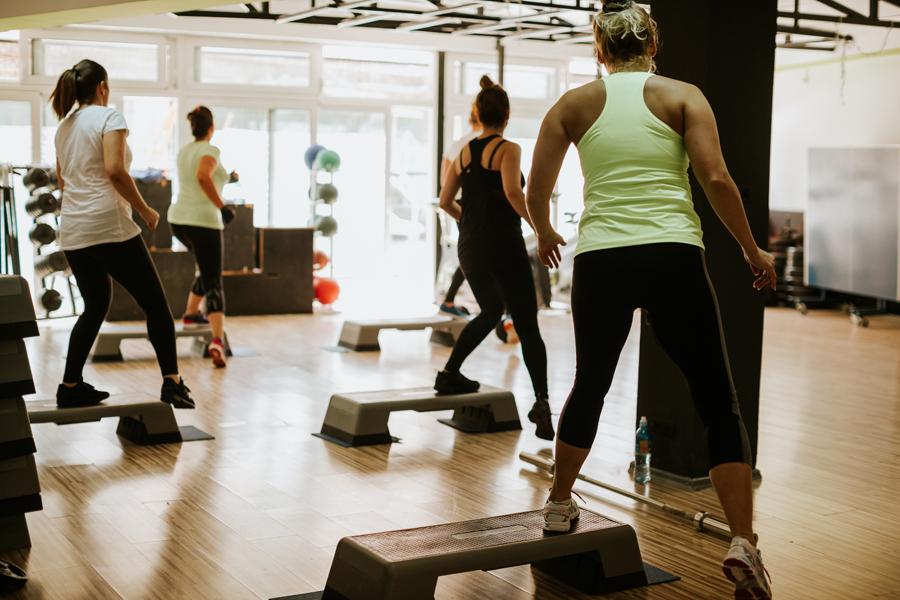


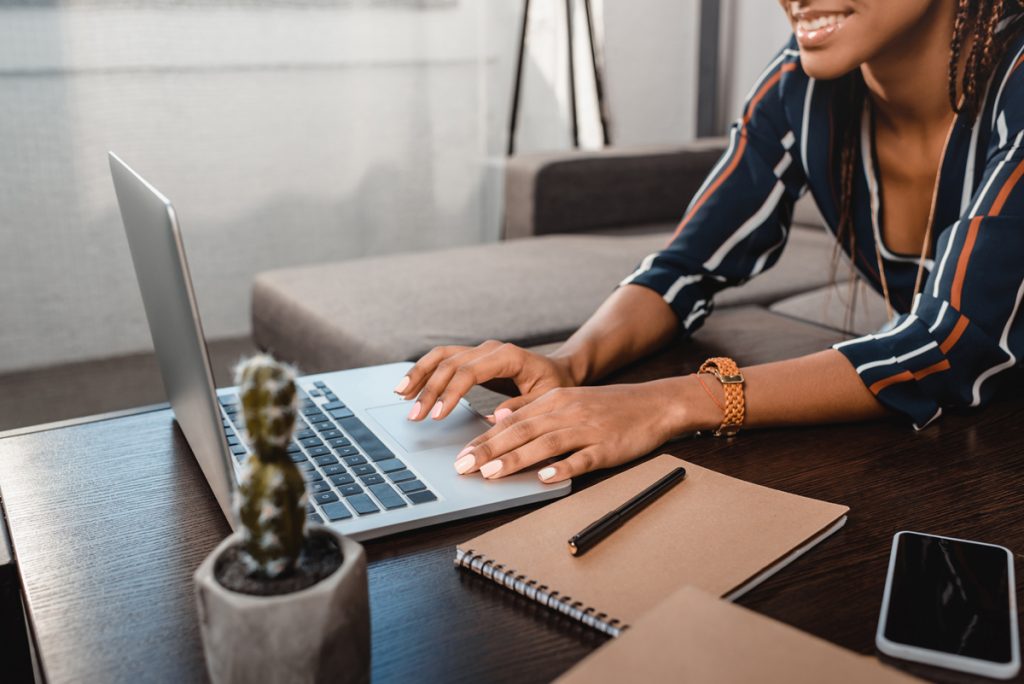

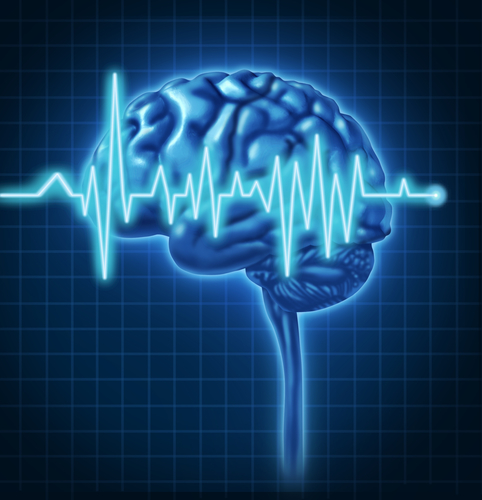
 Getting fit expands your mind.
Getting fit expands your mind.
 As fitness professionals, we know that exercise helps our clients to cope with stress. We are told that any type of exercise will help them to reduce stress levels. The problem with this way of thinking is that we do not look at stress from the same point of view as a chronic illness. In turn, you could be putting your clients at risk of developing illness’s. We know that stress can wreak havoc on the body but what can we do as fitness professionals?
As fitness professionals, we know that exercise helps our clients to cope with stress. We are told that any type of exercise will help them to reduce stress levels. The problem with this way of thinking is that we do not look at stress from the same point of view as a chronic illness. In turn, you could be putting your clients at risk of developing illness’s. We know that stress can wreak havoc on the body but what can we do as fitness professionals?